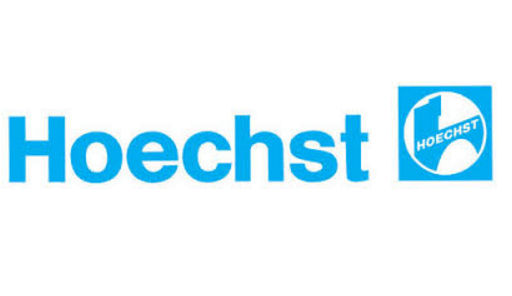预约演示
更新于:2025-03-20
MDL-28170
更新于:2025-03-20
概要
基本信息
药物类型 小分子化药 |
别名 |
作用方式 抑制剂 |
作用机制 CAPN1抑制剂(钙蛋白酶1抑制剂)、CAPN2抑制剂(calpain 2 inhibitors) |
治疗领域 |
在研适应症- |
非在研适应症 |
在研机构- |
最高研发阶段终止药物发现 |
首次获批日期- |
最高研发阶段(中国)- |
特殊审评- |
关联
100 项与 MDL-28170 相关的临床结果
登录后查看更多信息
100 项与 MDL-28170 相关的转化医学
登录后查看更多信息
100 项与 MDL-28170 相关的专利(医药)
登录后查看更多信息
196
项与 MDL-28170 相关的文献(医药)2024-12-01·The American Journal of Pathology
Calpain-1 Up-Regulation Promotes Bleomycin-Induced Pulmonary Fibrosis by Activating Ferroptosis
Article
作者: Wang, Hongxin ; Lu, Meili ; Liu, Yu ; Tang, Bailin ; Wei, Silin ; Li, Yunhan ; Ran, Chenyang
2024-10-01·Molecular Neurobiology
Involvement of Calpain in Neurovascular Unit Damage through Up-regulating PARP-NF-κB Signaling during Experimental Ischemic Stroke
Article
作者: Yan, Wenhao ; Jiang, Yingying ; Zhao, Yumei ; Sun, Ming ; Wang, Chunyang
2024-07-01·Journal of Ginseng Research
Ginsenoside Rg1 alleviates vascular remodeling in hypoxia-induced pulmonary hypertension mice through the calpain-1/STAT3 signaling pathway
Article
作者: Hao, Yi ; Guo, Xinyu ; Ran, Chenyang ; Su, Yuhong ; Zhao, Fang ; Lu, Meili ; Li, Yunhan ; Wang, Hongxin
100 项与 MDL-28170 相关的药物交易
登录后查看更多信息
研发状态
10 条进展最快的记录, 后查看更多信息
登录
| 适应症 | 最高研发状态 | 国家/地区 | 公司 | 日期 |
|---|---|---|---|---|
| 阿尔茨海默症 | 药物发现 | 美国 | - |
登录后查看更多信息
临床结果
临床结果
适应症
分期
评价
查看全部结果
| 研究 | 分期 | 人群特征 | 评价人数 | 分组 | 结果 | 评价 | 发布日期 |
|---|
No Data | |||||||
登录后查看更多信息
转化医学
使用我们的转化医学数据加速您的研究。
登录
或

药物交易
使用我们的药物交易数据加速您的研究。
登录
或

核心专利
使用我们的核心专利数据促进您的研究。
登录
或

临床分析
紧跟全球注册中心的最新临床试验。
登录
或

批准
利用最新的监管批准信息加速您的研究。
登录
或

特殊审评
只需点击几下即可了解关键药物信息。
登录
或

来和芽仔聊天吧
立即开始免费试用!
智慧芽新药情报库是智慧芽专为生命科学人士构建的基于AI的创新药情报平台,助您全方位提升您的研发与决策效率。
立即开始数据试用!
智慧芽新药库数据也通过智慧芽数据服务平台,以API或者数据包形式对外开放,助您更加充分利用智慧芽新药情报信息。
生物序列数据库
生物药研发创新
免费使用
化学结构数据库
小分子化药研发创新
免费使用
